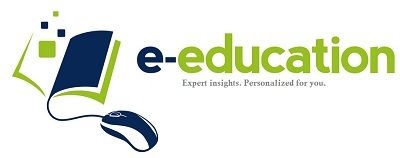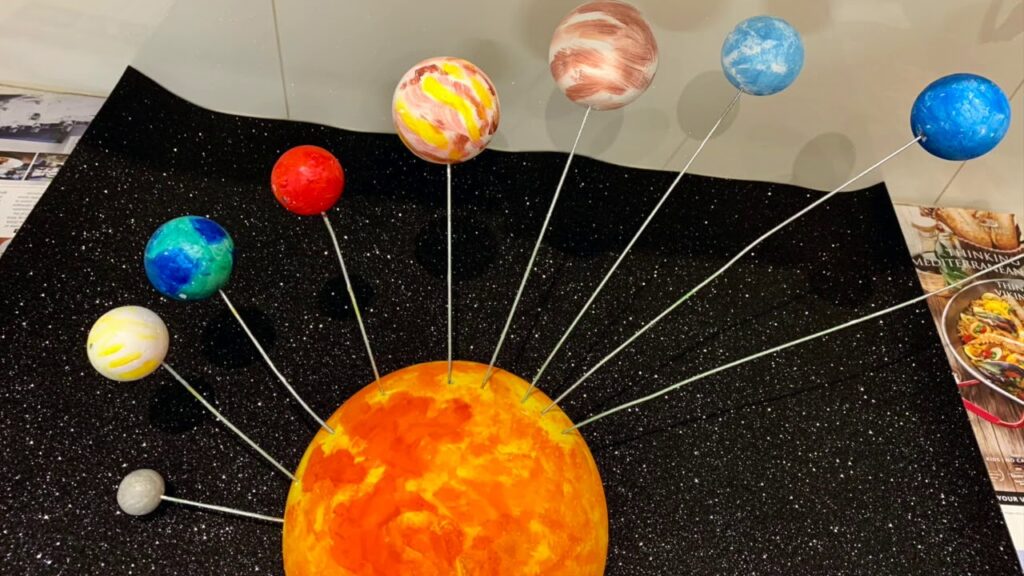The year 2020 brought us lots of new things. At first we resisted some of them, but one thing that many parents have chosen to embrace and even come to love is at-home learning and for some, full on homeschooling. If you were lucky, you had a flexible job that let you work from home, making it possible for your children to do at home learning. With this, some parents did not love the fact that their children were staring at a computer screen all day long and quickly explored alternatives.
Freedom With Home school
In public school, very little time inside the classroom is actually spent learning. Much of the time is spent learning classroom procedures, waiting on and correcting other students’ behaviors, as well as waiting on some students that might need more time; especially if your child is a quick learner. Transitioning your children to home school does not need to be a replication of what your kids do in public school, in fact it should be completely different. That is the point right? Many parents are finding that the transition to home school is just the freedom they have been looking for for their children through individualized pacing.
Make Learning Exciting
In public school, there is a lot of sitting at a desk, listening to a teacher talk. Science shows that this is not the most effective way to learn as a child. All kids are different, but most young learners retain information best by “doing.” Here are some activities and ways to learn by doing.
Science
- Go on a hike and identify different rocks or plants. Take pictures of any plants or rocks that you do not know the names for and look them up when you get home.
- Learn about the planets! Make some fun solar system projects. Use lots of colored pencils, markers, foam, any art supplies you can think of to brighten it up!
- Grab a mason jar and create a terrarium for a bug. Identity what needs to be in your mason jar in order to give your insect a comfortable home.
Math
- Practice counting by finding something small, like gumballs or skittles. Count them out by total numbers before sorting them by color and counting again. The best part, you can eat some and practice your subtraction skills!
- Take the recipe for your child’s favorite treat and have them practice their work with fractions by doubling the ingredient amount. Who knew math could be so tasty?
- You can use math at the grocery store. Practice comparing unit rates by finding the best deal. Which item is the best deal for items packaged in different amounts.
Language Arts
- Go on a nature walk and write a haiku about the different things you observe on your walk.
- Create silly stories by playing pass the story. Each person gets to add a sentence to the story before passing it on.
- Use Mad Libs as a way to learn parts of speech like adjectives, nouns and verbs all while hearing funny stories and getting to have a laugh.
History
- Who can give the best rendition of a famous speech? Lincoln’s “Gettysburg Address”? Martin Luther King Jr’s “I Have a Dream” speech”? Who can act it out best?
- Go on a walk around the historic part of the city and make crayon rubbings of famous statues, monuments, plaques or buildings. Make it a game! See who can find the oldest, the most, one from a certain era, etc.
- Visit a museum! Chances are that something interesting is nearby. The best part? Museums can chronicle so many things from history that tie into other subjects as well! They can house anything from dinosaurs to vintage war planes to cleaning supplies through the ages.
These activities will help your students to learn more by doing and are ways you can learn the subjects in a fun way at home. If you are playing while learning at the same time, what could be a better win for kids?

